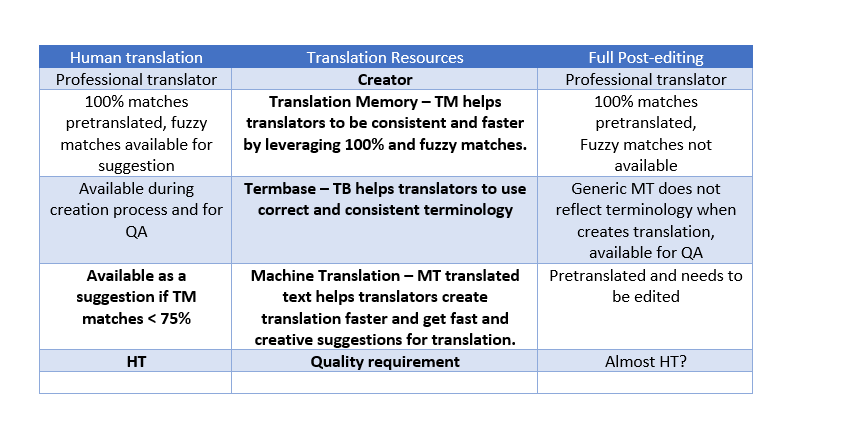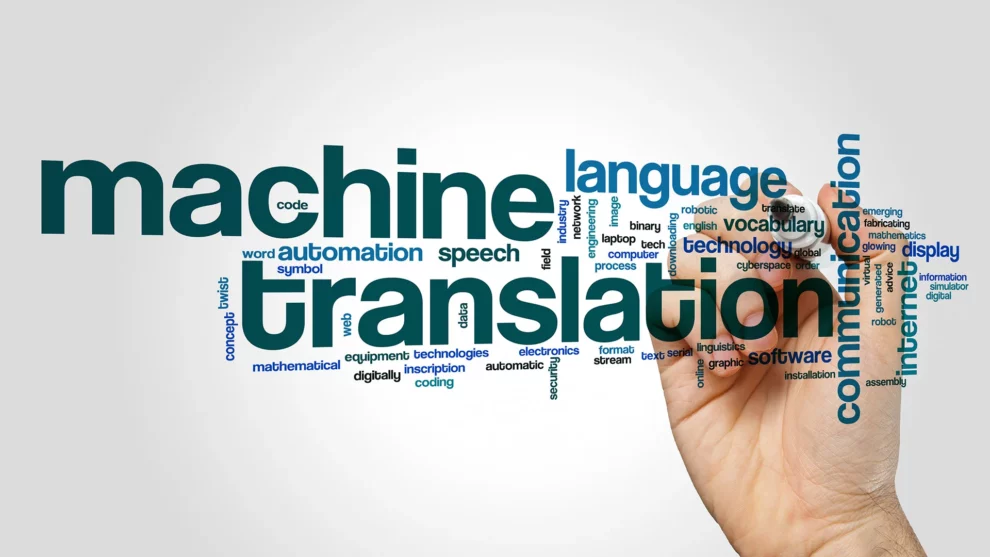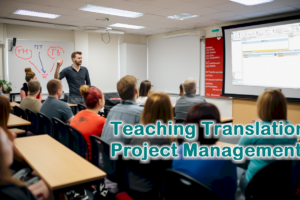Mr. Jakub Absolon has been managing ASAP-translation company for twenty years. He is a fan of new technologies and has a PhD in machine translation post-editing.
In his latest video, Mr. Jakub Absolon, the director of the ASAP-translation company, deals with the topic Full Post-Editing. At the beginning of this video, he asks an important question: ‘Have you ever had a customer approaching you with a request for MT translation post-editing and when you asked them what quality of the output text they needed, they said “Full Post-Editing”, meaning that the translation should be close to the quality of human translation?’

If you have, maybe you have also thought about what the difference was between the translation, the so-called Human Translation and Full Post-editing. Let’s compare the process of creating a translation in both cases. Let’s compare the process of creating a translation in both cases.

So the whole difference is that we call one result “HT” and the other “almost HT”, but nobody knows what the word “almost” means. The text is translated by the same person using the same tools and the required quality is actually the same. The only difference is the price of the translation.
Mr. Absolon believes that everybody notices that he is not disputing the benefit of MT, nor is he saying that post-editing does not exist. Post-editing is the removal of critical errors from the MT output, assuming a precisely defined quality requirement. The translator or post-editor have precise instructions which errors to notice and correct.
How to divide the translation from the point of view of usage of MT?
1. MT – We have a rough output from MT and no one has edited this translation. So we cannot guarantee its quality.
2. PEMT – MT pre-translated text, edited by translator. The translator removes precisely defined errors according to the client’s request. Such a translation should 90% not contain critical errors, but in order to meet the requirement of low price and high speed, there is still a certain “chance” that some non-stylistic error will occur even if the risk is significantly lower than with MT.
3. Human Translation – a text translated by a professional translator who, in his work, uses up-to-date translation resources, including TM, TB and MT.
As for the price, it is natural that…
MT is the cheapest form of translation, as it is the fastest, has the lowest input costs for creating a translation and, above all, “no one” is responsible for the translated text.
PEMT follows, since the reason for using such a service is the price reduction and faster delivery time. The translator already has the responsibility for the result, but it should definitely not be the same as with a regular translation.
In the case of ordinary translation, i.e. the so-called HT price is always negotiable and the translator can take into account e.g. repetitive text, but also in the case of evidently good MT results, the assumed faster pace of translation can be taken into account. In contrast to 100% matches from the TM, the MT quality is based only on an assumption, and therefore even the possible agreed discount is only based on an estimate, or on the basis of a sample of the pre-translated text. Even the sample does not tell us exactly how the following text will behave. However, we are already used to similar estimates in our industry for discounts from Fuzzy Matches from TM, where we also cannot predict how much the “fuzzy match” will be helpful to the translator.
Conclusion
According to several surveys, most translators use machine translation as one of the tools in their work, and there is nothing wrong with that. The quality of their work should be evaluated by quality of final translation, not the way they worked on it. They mainly use generic MT engines in their work. If the customer provides his own specialized MT engine for translation, which achieves significantly better results, it is appropriate to claim a certain financial compensation for this service. However, we shall use win-win principal which brings benefit to both parties. If the customer uses a commonly available generic MT tool, which is often also available to the translator, compensation for the pre-translation of the text is not appropriate.
Please do not question usage of MT, as many translators did with the TM technology a few years ago. MT is here, it is an excellent mate for translators as well as for customers who need fast and cheap translations. However, let’s defend ourselves against trying to force us to take responsibility for so-called-translations, and let’s defend against someone calling a translation for which we are fully responsible MT post-editing just because someone used the “pretranslate” function. Thus, maybe it would be better to call this service “Fool Post-editing”.
For more articles, take a look on our page.


























